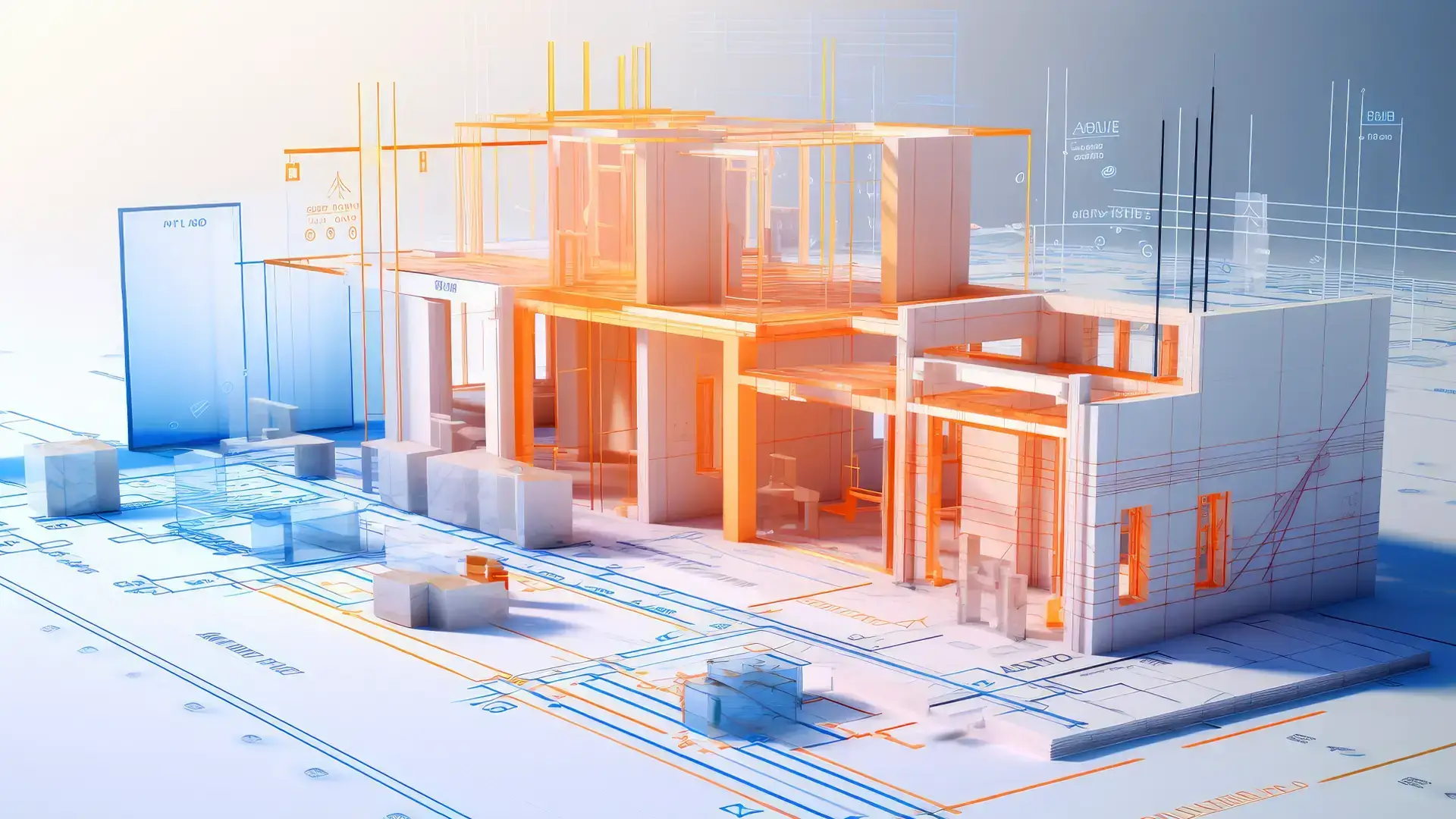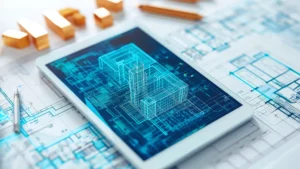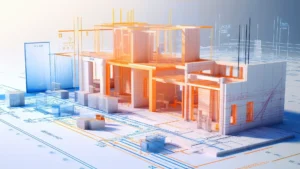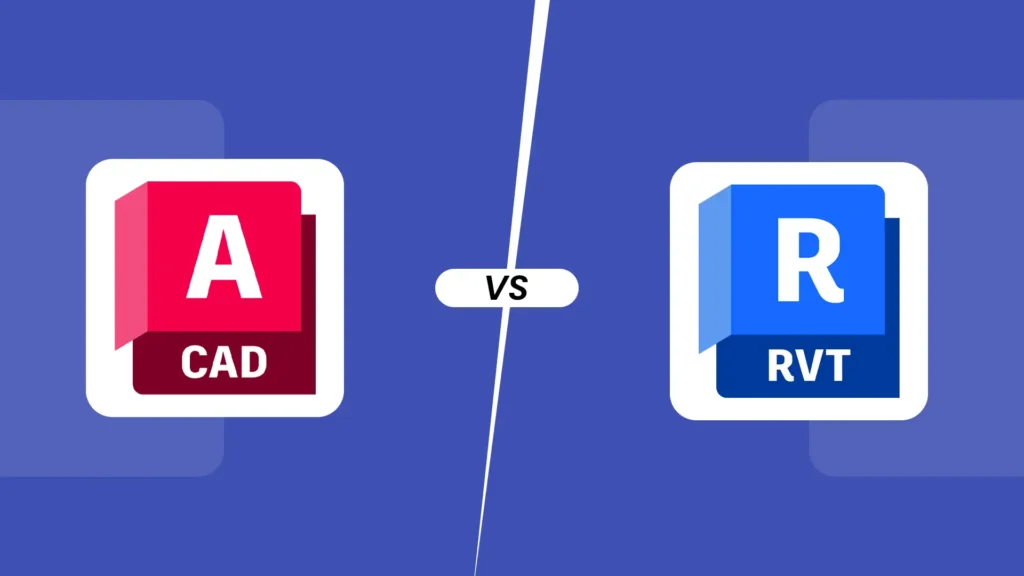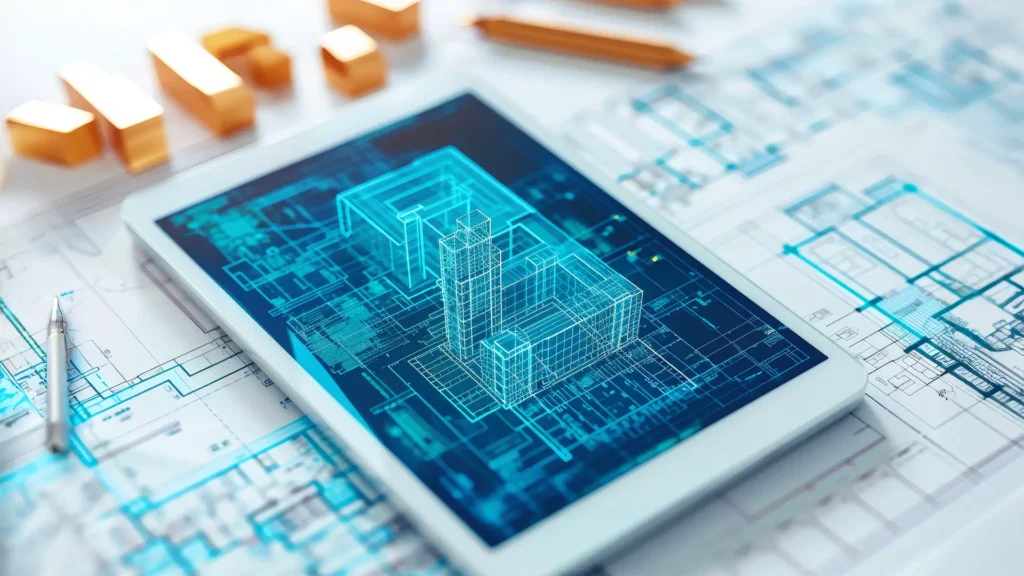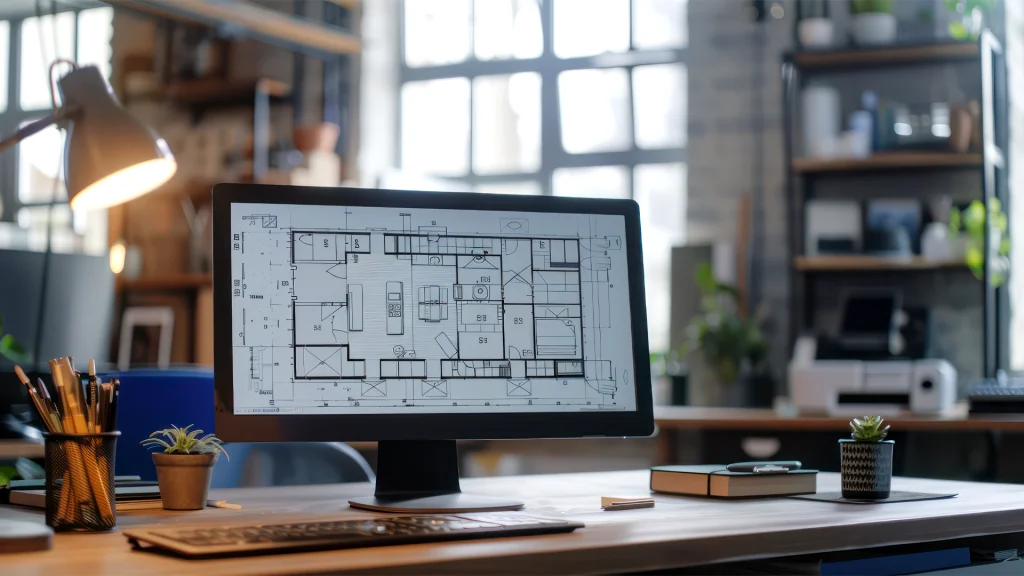9 Trends in BIM that Will Shape the Future of the AEC Industry
The year 2021 became the year of automation, with AI becoming ubiquitous. Not only did the tech industry see the rise of AI, IoT, and blockchain, but it seeped into all the major industries, including construction and architecture.
In July 2011, BIM became the highlight of the AEC industry as it was adopted by the UK government, which mandated the use of BIM for all construction projects.
Since then, BIM has never left the scene. It has taken construction for engineering and architectural professionals to the next level, ensuring effortless error detection, keeping the stakeholders on the same page, providing insights that otherwise would not have been possible, and much more.
What has BIM stored for you in the year 2025?
How can you make the BIM process much more advanced and help your team to perform their best? Watch for these trends, and utilize them if you want to rule the industry, like our scan-to-bim consulting services.
9 BIM trends that are the future of the AEC industry right now:-
1.BIM Mandates
BIM mandates comprise rules and regulations that government bodies must follow while working on BIM processes for public sector projects. They ensure the data is shared in a familiar environment for better transparency and efficiency. BIM mandates improve the project outcomes by ensuring the project progresses as per the plan, offering strategic advantage, and providing an edge to the project managers.
2.Quick Adoption
Bim has become famous, and the construction industry loves it! Today, the adoption of BIM has reached 44% in the European regions, and it will grow to 61 % by the end of 2025. What do you think is driving this trend? As per the survey done by bimobject.com in Feb 2023, the main reasons are as follows: –
Improved quality: 28%
Timely delivery: 22%
Efficient clash detection: 12%
competitive advantage: 8%
Increased profits & business opportunities: 8%
Legal compliance: 4%
Respond to a request: 4%
Other: 6%
3. Use of Cloud-based Technology
The virtual workforce became a common phenomenon after the onset of COVID-19, although its popularity started rising at the beginning of the 21st century. As teams now sit scattered across the globe, they need a platform that offers them the convenience of managing projects remotely. That is where the power of Cloud technology comes into play. Using it, your team members can update the information in their digital BIM models worldwide.
Every change made in the BIM model is reflected in the system in real-time, keeping teams informed and working in sync. This has made collaborations easier and quicker, even when the stakeholders or the people working on the project work across different locations.
4. IoT (Internet of Things)
IoT is a network of interconnected devices that can exchange information. These devices will have sensors and software that pass on the information to the cloud. The IoT helps architectural professionals gain valuable insights and find patterns by monitoring and controlling the building systems. It also provides ease by allowing you to automate maintenance and repair tasks.
5. Digital Twins
The technology provides the capacity to create a virtual model of your building, supply it with data, and even update it in real-time. By creating a digital model of the structure, architects can stimulate it to predict how the building will react to eternal factors. These simulations accurately predict the operational behavioral aspects, ratifying errors in advance and saving the teams from rework.
6. BIM In Prefab
If you are familiar with prefabricated construction, you might already know it consists of building blocks that are pre-made in the factory and not created on-site. Only the integration of the elements takes place on the construction site.
One of the biggest setbacks is that the elements might not fit as well as they should. This might cause trouble when the building is under excessive pressure or other external environmental factors due to lower resilience.
With the help of a virtual model, the manufacturers can check the alignment of the components in advance and ensure the different components of the building perfectly align with one another.
7.Automation
Automation leverages digital models, advanced applications, and robotics to enhance Building Information Modeling (BIM) workflows. By integrating Artificial Intelligence (AI), machine learning, sensors, and real-time data processing, automation optimizes design accuracy, reduces human errors, and accelerates project timelines.
In the AEC industry, automation streamlines repetitive tasks such as clash detection, quantity estimation, and model validation, allowing professionals to focus on high-value design and strategic decision-making.
For manufacturers, automation enhances production efficiency, improves quality control, and facilitates seamless collaboration across project teams, driving innovation and better project outcomes.
Automation uses digital models, applications, and robots, resulting in more cost-effective BIM models. Automation technology implements robotics, sensors, and AI, allowing manufacturers to streamline procedures and improve production quality.
8. Artificial Intelligence
AI has become the foundation for increased efficiency in the construction and engineering processes. AI ensures that errors are detected in advance and improves quality control as it identifies problems in advance, optimizing the design and workflow. AI allows the engineers to get data on the materials and components earlier. It maximizes the design’s efficiency, cost, and substantiality, ensuring the end product delivers optimal performance.
9. Virtual & Augmented Reality
Imagine what it will feel like to enter your design and check the details of the executed building before its execution. That is possible with VR and AR! With such BIM models, you can enter an immersive environment where digital information is projected into the real world.
Conclusion
BIM is a quintessential part of the construction process. Whether you are a construction professional or involved in the industry, staying updated with these trends is essential. Understand and utilize BIM technology with a futuristic approach, and we assure you that you will never have to worry about costly upgrades!
Want expert guidance in designing your BIM model? Let G Source take the lead! We ensure precision and efficiency and leave you with no guesswork or compromises. These nine trends are set to become an integral part of the industry, so why not become a pioneer and one of the first adopters? Take advantage of our BIM consulting services now!

